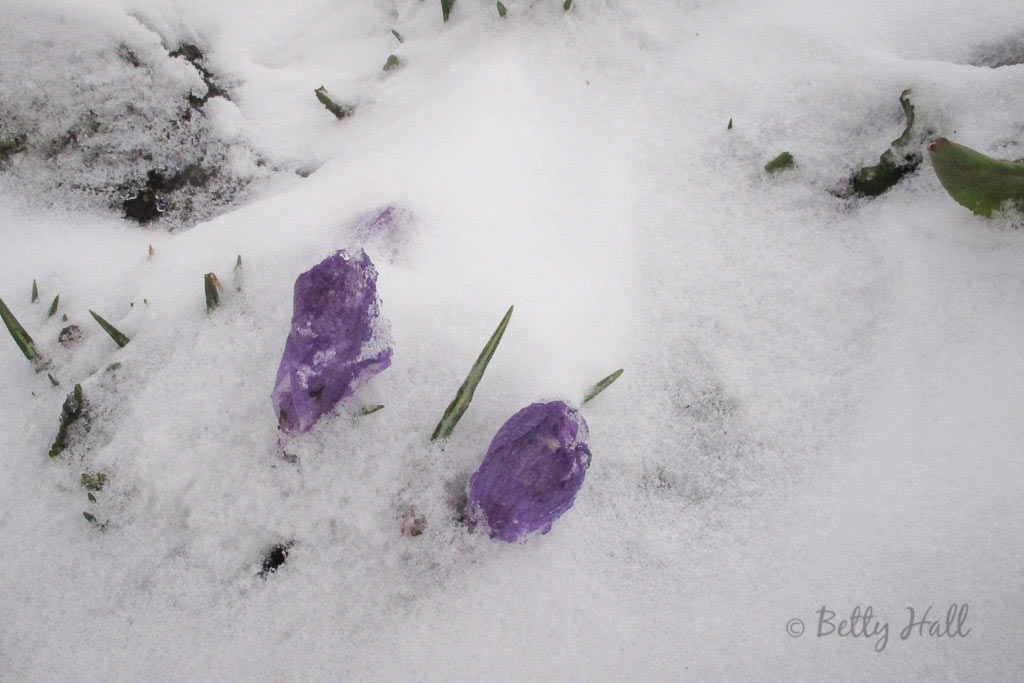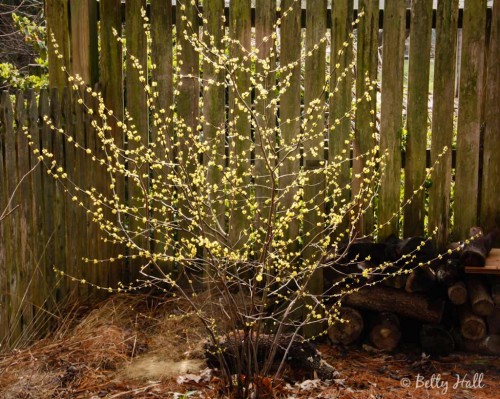
Snow-covered crocus.
Then sun brought resurrection
and two honey bees. Continue reading “Snow, crocus, and honey bees”
Celebrating the ordinary

Snow-covered crocus.
Then sun brought resurrection
and two honey bees. Continue reading “Snow, crocus, and honey bees”
The migratory birds in the backyard have been a special treat lately. The first to arrive were the rose-breasted grosbeaks (Pheucticus ludovicianus). The name is obvious when you see the strikingly-marked male, while the female reminds me of a large sparrow. We often see these birds for a few days each spring and fall as they migrate through.
We also saw black-and-white (Mniotilta varia), yellow-rumped (Setophaga coronata), and Nashville warblers (Oreothlypis ruficapilla) and a Baltimore oriole (Icterus galbula). We were especially surprised to see an indigo bunting (Passerina cyanea) and a scarlet tanager (Piranga olivacea) – the first time we’ve seen either one in our backyard.
Click any photo for a larger image.
This post is in response to recent questions about my photography equipment. Technology is not my strong suit, so I tend to keep my equipment simple. My primary camera is a Canon Rebel XSi. It’s lightweight, just over a pound, which was a big reason for my choice.
Harry and I recently went to Natural Bridge State Resort Park near Slade, KY, one of our favorite places to hike. Our spicebush (Lindera benzoin) is blooming (read last year’s spicebush post), and I was pleased to find it scattered through the woods as well.
 With all of our recent warm weather, plants are a good two weeks ahead of their usual schedules and there were plenty of signs of spring.
With all of our recent warm weather, plants are a good two weeks ahead of their usual schedules and there were plenty of signs of spring.
There’s a lot happening in the backyard these days. However, it’s the redbud and tulips that are attracting attention. I’m taking a fair amount of ribbing from friends about my non-native tulips. Nevertheless, I’m enjoying them immensely. They were planted, at my request, by my good friend and landscaper, Beate Popkins.
Carolyn Summers’ recent book, Designing Gardens with Flora of the American East, is an excellent resource and I heartily recommend it to anyone interested in landscaping with native plants. I like her idea that “the ultimate landscape goal is a stunningly beautiful garden with an abundance of native plants along with occasional non-natives that have sentimental or historical value to the gardener.” I focus on native plants because they are attractive, hearty, and provide important food for wildlife including birds, butterflies, and other insects. I’m also glad to include some non-natives. These tulips and native creeping phlox seem quite happy together.
Some non-natives are invasive to the point of crowding out native plants. Summers suggests a good motto for responsible gardeners is “What grows in my garden stays in my garden.” My tulips will not stray and I enjoy their bright colors and graceful form.